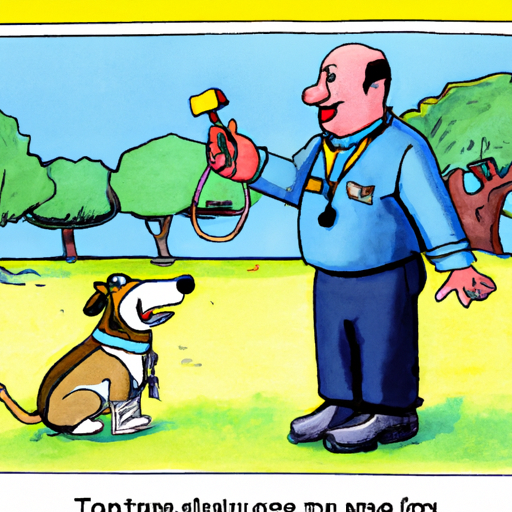Introduction
As a caregiver to your furry friend, one of the most essential commands you’ll want to teach your dog is “come”. This command is not only useful but could potentially save your dog’s life in dangerous situations. It’s all about building trust, understanding, and a strong bond between you and your pet.
Why Teach Your Dog to Come
A well-trained dog who comes when called can enjoy more freedom while staying safe. This command:
- Allows for off-leash play
- Prevents dangerous encounters
- Builds a better bond between you and your pet
When to Start Training
The best time to start training your dog to come is as soon as they enter your home. Puppies as young as eight weeks old are sponges ready to soak up knowledge. However, remember that older dogs can also be trained to understand this command. It’s never too late to start!
Tools for Training
To begin, you’ll need a few basic tools:
- A leash
- A variety of treats
- A clicker (optional)
- Patience and consistency
| Tool | Purpose |
|---|---|
| Leash | Provides control during initial training |
| Treats | Offers a reward for correct behavior |
| Clicker | Serves as a signal for correct behavior |
Basic Steps for Training Your Dog to Come
Here are the steps to follow to successful training:
Start with Distraction-Free Training
- Call your dog’s name: Start by saying your dog’s name followed by the command “come”. Use a cheerful, encouraging tone.
- Reward your dog: When your dog comes to you, reward them immediately with a treat and praise.
- Repeat: Consistent repetition is key.
Gradually Add Distractions
- Train in different environments: Start adding distractions in a controlled environment, like your home with the TV or radio on.
- Reward: Continue to reward your dog for successful responses.
- Increase distractions: Gradually increase the level of distraction, moving to places like your backyard, then to a park.
Long-Leash Training
- Extend the distance: Once your dog is reliable at a short distance, use a longer leash to increase the distance.
- Command and Reward: Use the same command and reward system.
Common Mistakes to Avoid
Training your dog to come isn’t always straightforward. Here are a few pitfalls to avoid:
- Inconsistent commands: Stick to one command. Don’t confuse your dog with different phrases.
- Punishing your dog: Never punish your dog when they come to you, even if they took longer than you wanted.
- Inadequate rewards: Make sure the treat you’re offering is enticing enough for your dog.
FAQ
What if my dog refuses to come when called?
Patience is key. If your dog is stubborn, try changing the reward to something more appealing. You might also want to take a step back and train in a more controlled environment.
How long does it take to train a dog to come?
Every dog is different. Some dogs may pick up the command within a few weeks, while others may take a few months. Consistency is the key to success.
Can I train an older dog to come?
Absolutely! While puppies might learn faster due to their developing brains, older dogs are equally capable of learning new commands.
Conclusion
Training your dog to come when called is essential for their safety and your peace of mind. Remember to be patient, consistent, and make the training sessions enjoyable for your dog. Your effort will pay off when you have a dog who reliably comes when called, no matter the distractions.



